'Unhistorical' Lopinot sign censored
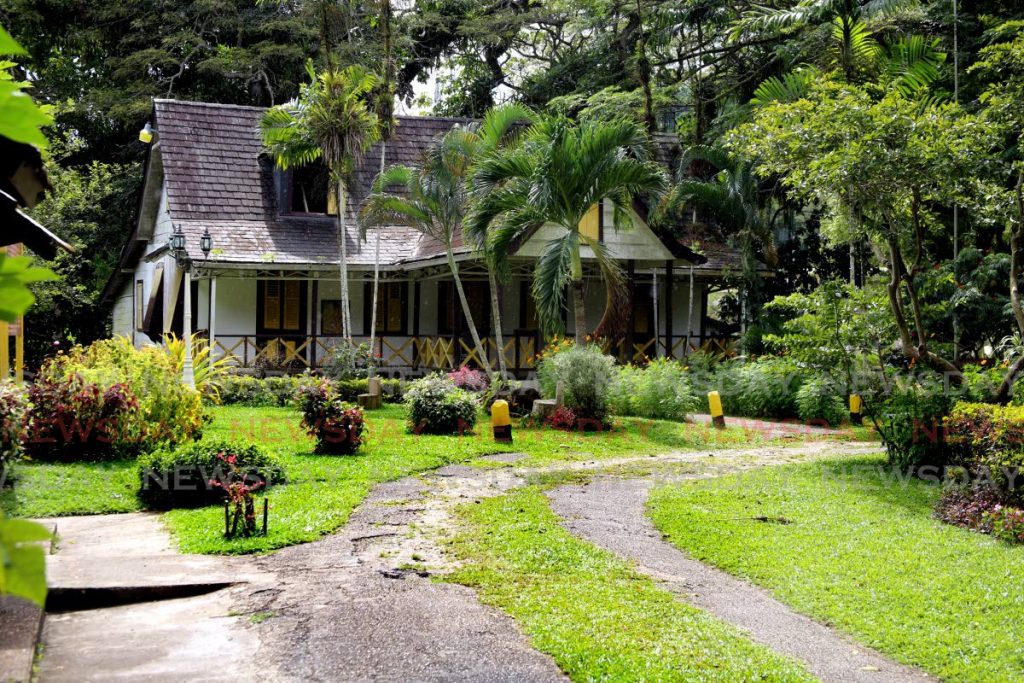
NEARLY four years after mounting a campaign for the removal of an "unhistorical" signpost in Lopinot dedicated to its namesake, Charles Joseph, Comte de Loppinot, the Cross Rhodes Freedom Project (CRFP) has seen its efforts rewarded.
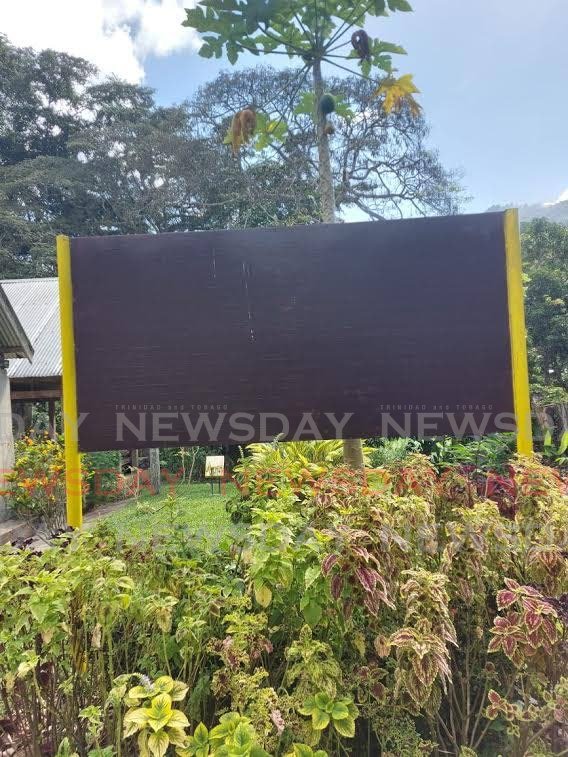
The post was covered in black paint about two weeks after the group successfully convinced management of the site, the Forestry and National Parks Division, that the inscriptions on the sign are based on "racist/white-supremacist presumptions consistent with late nineteenth century pseudo-science and earlier pro-slavery propaganda concocted to blunt the attack of abolitionist demands for amelioration."
The campaign was led by CRFP executive director Shabaka Kambon and Dr Claudius Fergus, a history lecturer at the University of the West Indies.
The foundation issued a statement on Wednesday, which read, "The shamefully misleading, unhistorical and psychologically-damaging signpost, which had for decades engendered reverence for Count de Lopinot and his wife, describing the enslavers as 'illustrious,' while demeaning the persons whom they trafficked and worked to death as 'loyal slaves,' has been removed."
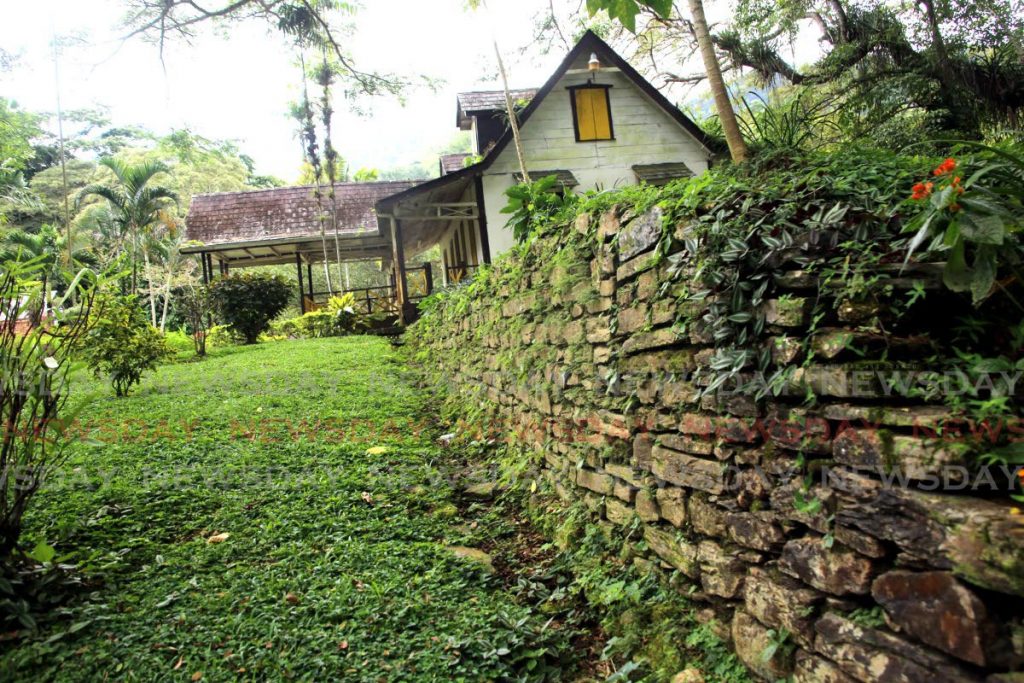
There is an existing record of the many people who died and were buried in the area – from indigenous Americans and enslaved African people to Indian indentured servants, many of whom left artefacts, which are routinely unearthed.
Because of this and out of respect to those buried there, the Lopinot Community Council and Tourism Association, led by Donna Mora, and the CRFP, now want the relevant public entities to engage them both before developing the site "in a more inclusive and honest way."
Kambon said the CRFP has already accomplished much research on the site, starting with the indigenous people who first inhabited the area.
"The organisation has identified enslavers who took over the plantation after Lopinot, and found the names of those African people who were enslaved there and Indians who were indentured there after arriving aboard the Fatal Razak.
"Along with a proposal for new signage, some of this information has already been turned over to the relevant stakeholders in the Ministry of Agriculture Lands and Fisheries through the Forestry and National Parks Division."
The Lopinot Estate is the last surviving plantation complex in Trinidad, Kambon said.
"A great deal is at stake.
"(CRFP) had continuously lamented the incalculable damage done by this false narrative as the plantation complex at Lopinot remains a popular destination for schools on educational field trips, as well as local and foreign visitors seeking to learn more about this country’s history.
"No effort should be spared to ensure that things are done right."
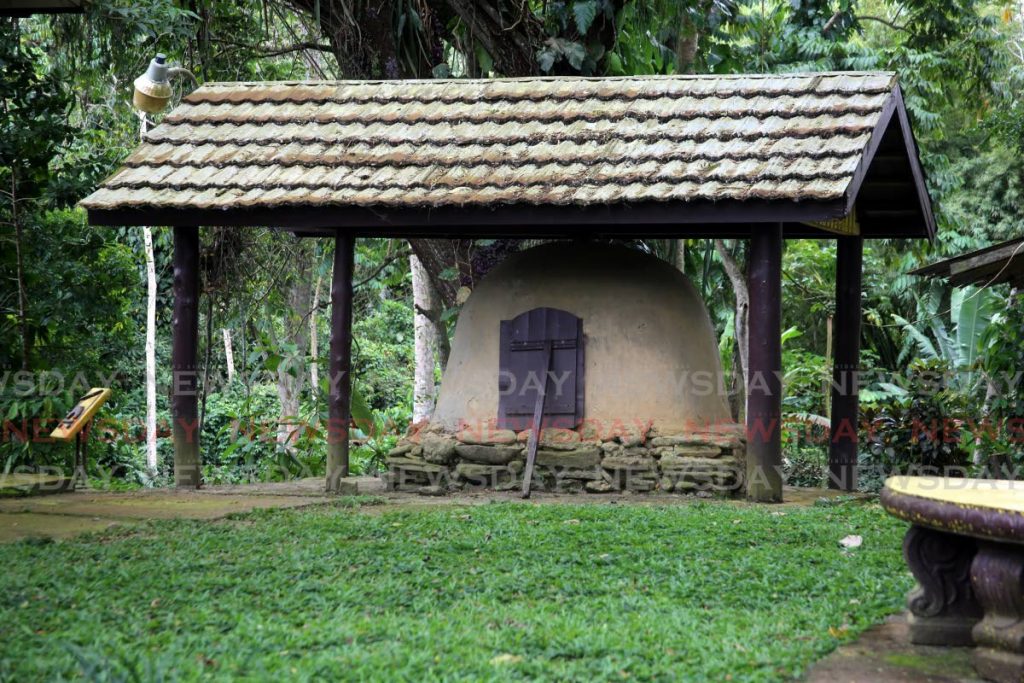
Kambon declared it the organisation's second major victory, following the CRFP's successful campaign to have the name of Alfred Milner – characterised by Kambon as a "self-professed racist and imperialist" –removed from a hall of residence at UWI, St Augustine in 2018.
The sign in Lopinot, before it was painted over, offered a brief and narrow insight into Lopinot's career, noting that he arrived in Trinidad in 1800 along with 100 "loyal slaves," and went on to become a brigadier general on the then colony.
The black paint covers a glaring error in one line: "A Royalist, he lost all his possessions in Saint Dominique when in 1793 he fought alongside the English."
It should read Saint-Dominque (former French colony, now Haiti), from where Count de Loppinot left before arriving in Trinidad.
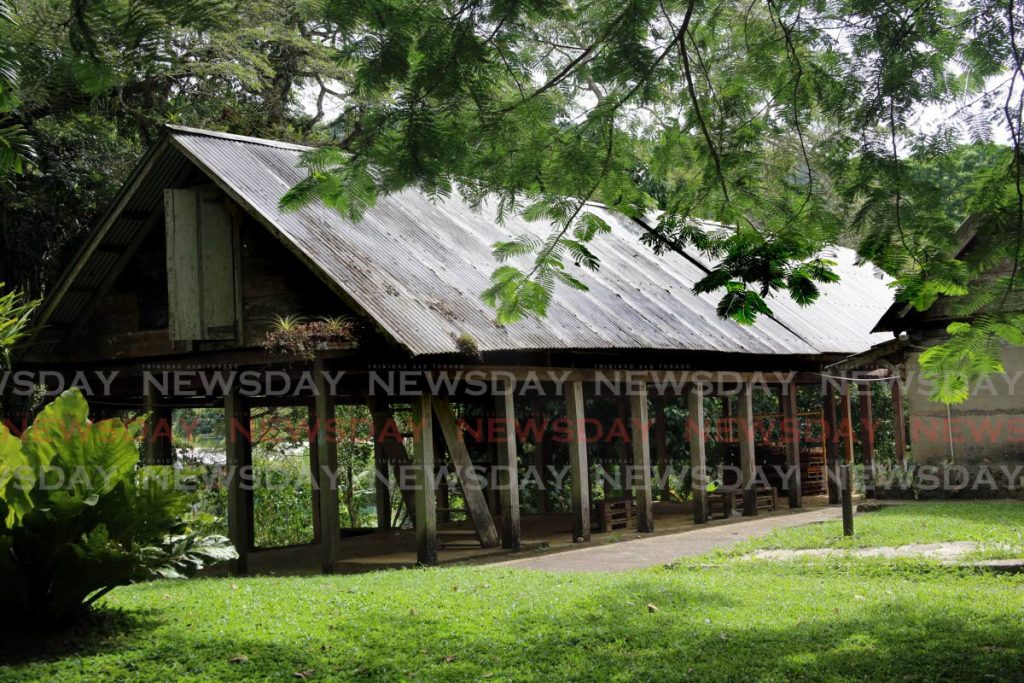
In a phone interview with Newsday yesterday, Kambon said stakeholders had been involved in discussions since the campaign started in 2017, including the National Trust, Ministry of Tourism, the corporation, the Lopinot community, and later on, the Ministry of Agriculture, under which the Forestry and National Parks Division falls.
"There were no objections. All the stakeholders were on board," he said. "They were just unable to move. These campaigns will continue.

Comments
"‘Unhistorical’ Lopinot sign censored"